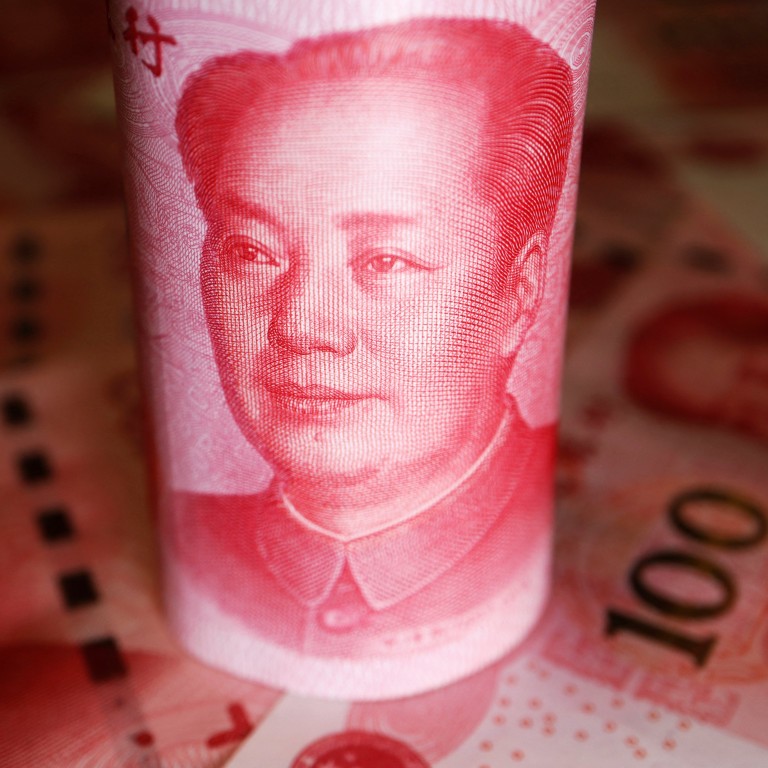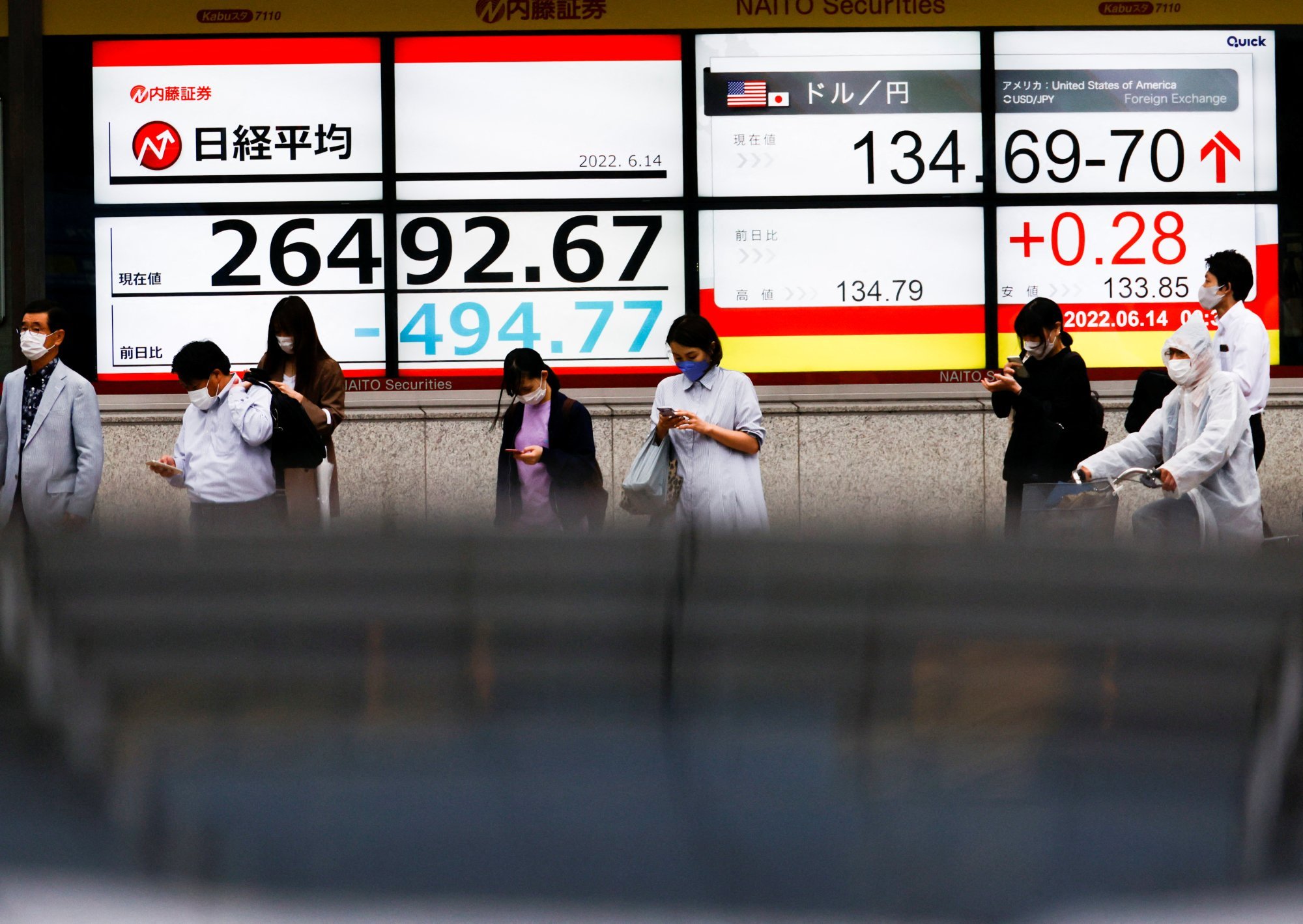
Yuan currency most exposed to climate change – could lose half its value in 50 years, Barclays says
- Yuan could lose 5.5 per cent by 2030, with a further a 7 per cent depreciation over the next decade, and worsen to more than 10 per cent each decade over time
- Currency could lose 53 per cent of its real value over 50 years due to China’s rapid industrialisation over two decades and ‘lenient environmental policies’
China’s yuan and Japan’s yen are set to suffer the most without greater efforts to mitigate the effects of global warming, while climate change could play out to the advantage of the euro, Barclays said in a report.
The British bank mapped the effects of climate change on exchange rates, saying rising temperatures and associated economic costs could pose “rising and costly risk, with tangible FX impact”.
In the bank’s most severe scenario, the euro is the outperformer, appreciating 0.5 per cent against the dollar by 2030 and 3.9 per cent on average over the next five decades, with euro zone’s trade openness helping soften the economic impact of global warming.
In contrast, the yuan could lose 5.5 per cent by 2030, with a further a 7 per cent depreciation over the next decade, which could worsen to more than 10 per cent a decade over time.
Barclays said it used national productivity and capital flows forecasts for the next five decades to model how, given their current conditions, countries’ growth and consequently their currencies could be affected by climate change.
Rising sea levels, variation in crop yields, changes in the occurrence of diseases, tourism, or even heat-induced hits on labour productivity are some of the factors included in the analysis, Barclays analysts said in a report.
China touts strong economic fundamentals as forex reserves rise in May
Worldwide losses from extreme weather events totalled US$1.38 trillion in the previous decade, rising nearly eight-fold since the 1970s and are expected to top US$2 trillion this decade, according to the report.
“Countries experiencing drops in productivity and other production inputs is likely to also experience less capital inflow,” and as a result, weaker currencies, Barclays said.
The yuan could lose 53 per cent of its real value over the next 50 years as a result of China’s rapid industrialisation over the past two decades and “lenient environmental policies,” it said.

“The risk of prioritising growth over environment and a lack of local environmental network (eg, NGOs, lawyers, journalists) remain significant challenges,” Barclays said.
For Japan, rising sea levels pose the biggest threat, it said, projecting environmental factors to shave almost 3 per cent of the yen’s value by 2030. It could lose 55 per cent in total over 50 years and become the world’s worst-performing currency as early as mid-century, the bank said.
The US dollar is seen outperforming, benefiting from “the diverse nature of the US economy”, Barclays said.
Its model suggests the Australian dollar would also outperform despite similar exposure to rising sea risks as Japan, with commodity exports and trade openness limiting damage to growth, while emerging market currencies were seen coming under pressure.


